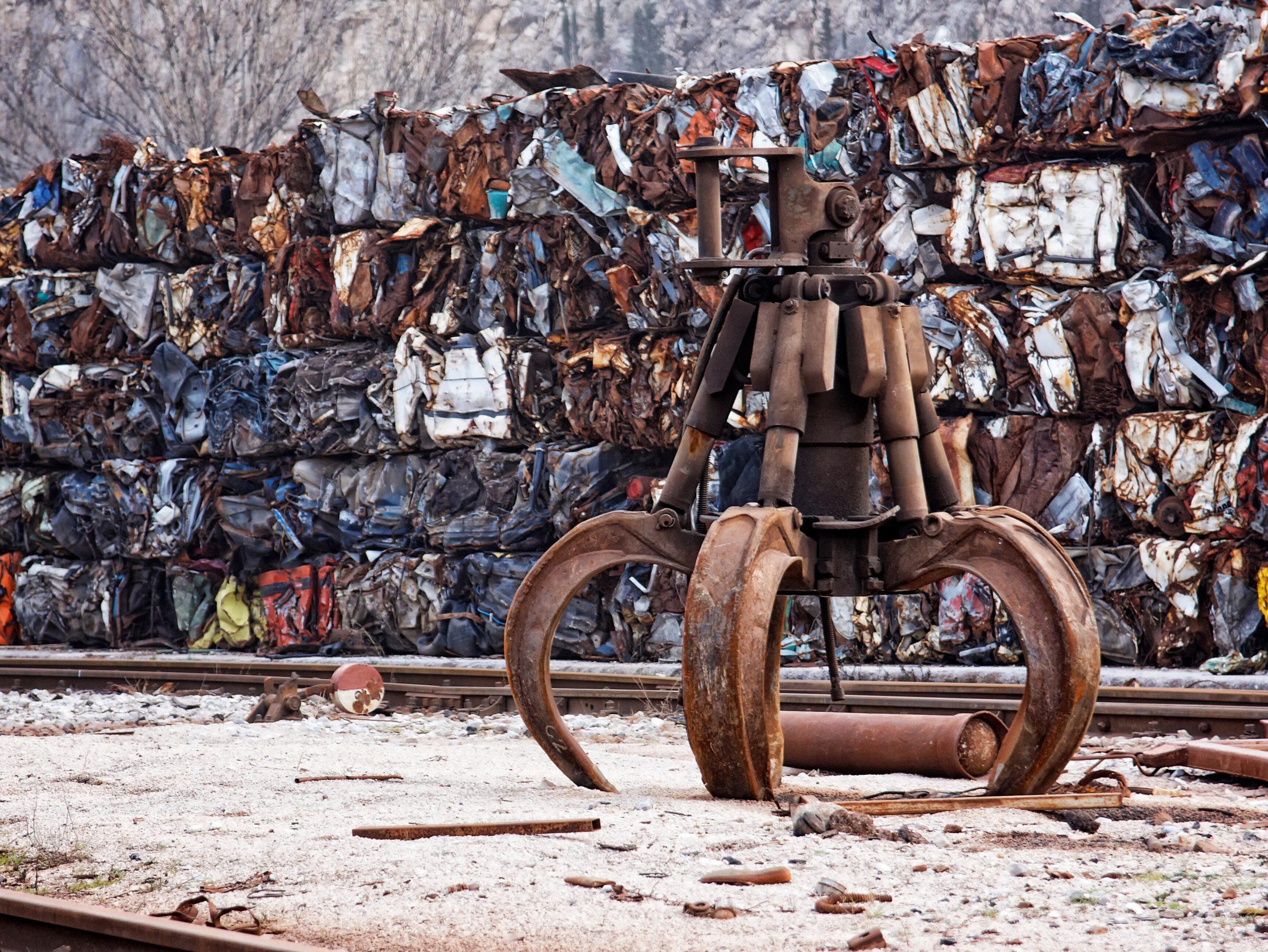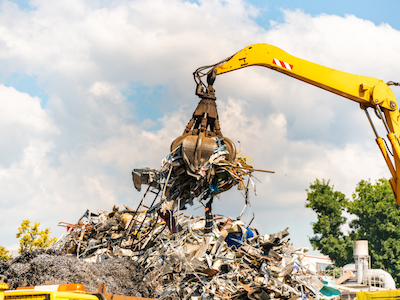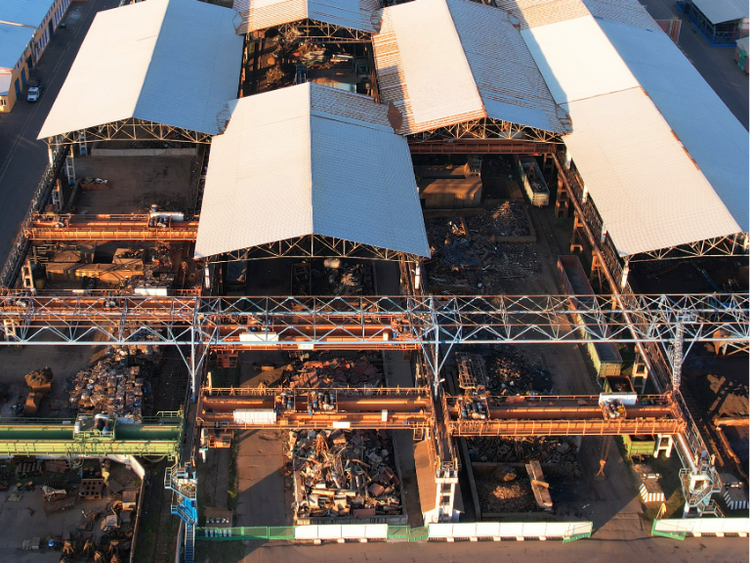Market

October 14, 2024
Leibowitz: The market moves in a global industry
Written by Lewis Leibowitz
Recent events show that recycled metals are part of global metals industries, and that market may be changing in important ways. Scrap is an important part of several industries, including steel, aluminum and copper, and steel is an important example of the emerging trends.
Much has been written this year about China’s economic problems brought on, in large part, by the inevitable mistakes inherent in a command economy run by the Chinese government. A construction boom mandated from the top down in China resulted in millions of apartments and other structures that nobody wants to live in. Some estimates place the number of unoccupied dwelling units as high as 130 million, enough to house more than 250 million people. Many of these units were sold as speculative investments, with buyers assuming that real estate values would increase over time. That has not panned out. The companies (such as Evergrande) are stuck with millions of units that are not salable. Whole cities in China are filled with apartments that no one lives in.
The industries necessary to build all these buildings and related infrastructure (factories, stores, warehouses, roads, bridges, etc.) were developed by the government. The steel industry in China now produces half the world’s steel. Downsizing that industry to conform to declining domestic demand would mean the closure of many steel mills and the laying off of hundreds of thousands (maybe millions) of workers. The Chinese government is unwilling (and perhaps unable) to command a downsizing of that magnitude.
Faced with the need to develop new markets to buy the steel that is no longer needed domestically has led China to massively increase steel exports. Steel markets around the world that formerly required large quantities of steel scrap are now seeing exports of Chinese slabs and billets that compete with scrap and are depressing scrap prices.
As we all know, the United States is part of the global market. Thus, efforts to insulate the U.S. from global pressures are essentially doomed to failure.
While U.S.-finished steel imports decreased by about 8% from 2022 to 2023, semifinished steel imports increased by more than 13% over the same period, signifying a shift in the U.S. market away from importing finished steel products to semifinished.
Brazil is the leading foreign supplier of semifinished steel, accounting for nearly two thirds of imports in 2023. Brazil is subject to a quota on steel products rather than the 25% Section 232 steel tariffs, so its exports to the U.S. are effectively capped. Mexico is the second-largest source for U.S. imports of semifinished steel, accounting for about 17% of semifinished steel imports. Mexico has no cap, at least not at present.
Reliable statistics about the market share of domestic production versus imports are inexact, but broad assessments are possible. In 2023, the most recent complete year, imports of finished steel products were about 21% of demand, down 8.7% from 2022. But imports of semifinished steel rose about 13% from 2022. Imports of semifinished steel accounted for about 4% of raw steel production (3.7 million tons out of about 90 million tons of domestic production). But the trend shows that semifinished imports are likely to grow further.
This is bound to affect the scrap market in the United States over time, as semifinished steel competes with scrap. Rolling mills and fabrication shops demand semifinished steel, while steel mills demand scrap. In major foreign markets, Chinese exports of slabs and billets are depressing scrap prices. The same could happen here, although Chinese semifinished steel is effectively excluded from the U.S. because of China-specific trade measures (Section 301 tariffs).
But just as “water finds a way in,” Chinese steel can find a way in too. Steel products that may originate in China could find a way into the U.S. More likely, trade flows will change to absorb Chinese exports that may not enter the U.S., but will involve other imports made more competitive by the Chinese presence in world markets.
The larger issue is China exporting to the rest of the world and disrupting markets. That problem is likely to persist. Steel and other metallic scrap metals are important because they facilitate recovery and recycling. If metallic scrap is replaced by semifinished steel, the impact on steel mills in the U.S. (especially electric furnace minimills) and the collection and processing of scrap will be affected.
There is no easy way to tamp down China’s export expansion—careful negotiations will be necessary. Policy makers should explore suggestions to ease the pressure.
Editor’s note: The views, thoughts, and opinions expressed in the content above belong solely to the author and do not necessarily reflect the opinions and beliefs of Recycled Metals Update or its parent company, CRU Group.





